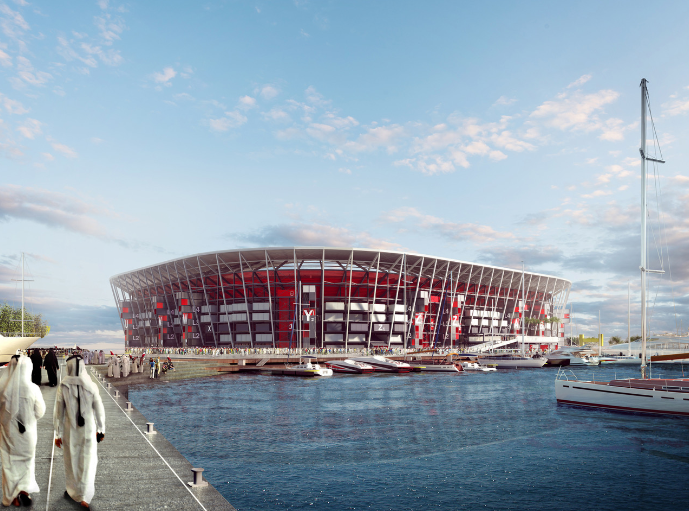
This 2022 Qatar FIFA World Cup venue is constructed using shipping containers and modular steel elements, echoing the nearby port and Doha's long maritime history.
The result will be a distinctive, boldly colourful and thoroughly modern arena that will almost look like it is made from building blocks.
The first mobile and resuable stadium in the world
The Spanish company Fenwick Iribarren Architects (FIA), led by architects Mark Fenwick and Javier Iribarren, was the visionary behind the bold design of the site. The design of the stadium is unique, as it would be the first removable, portable, and reusable stadium in the world. Its structure is based on shipping containers and can be easily assembled or disassembled as needed. The main goal is to create a socially responsible stadium based on the following concepts: modularity, mobility, traditional, functional, and iconic images. The use of modified shipping containers as building blocks reduces the amount of building materials needed, thereby reducing waste and reducing the stadium's carbon footprint. Mark Fenwick from Fenwick Iribarren Architects assured: " We believe this innovative and sustainable concept will be an inspiration for other architects around the world. And will allow for the creation of aesthetic spaces, as a legacy of future projects ".
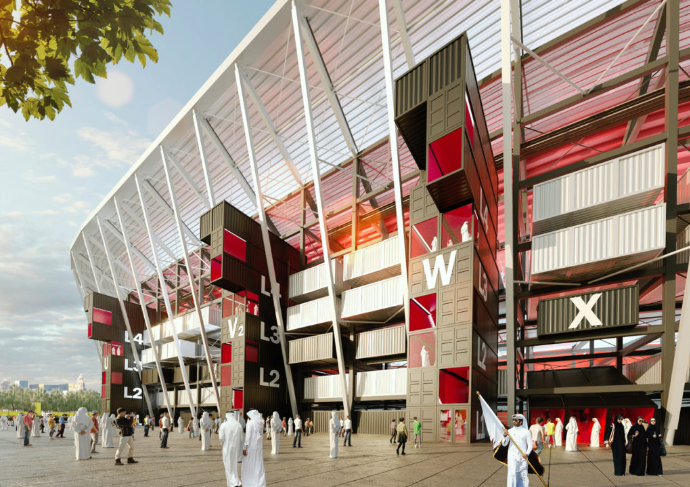 |
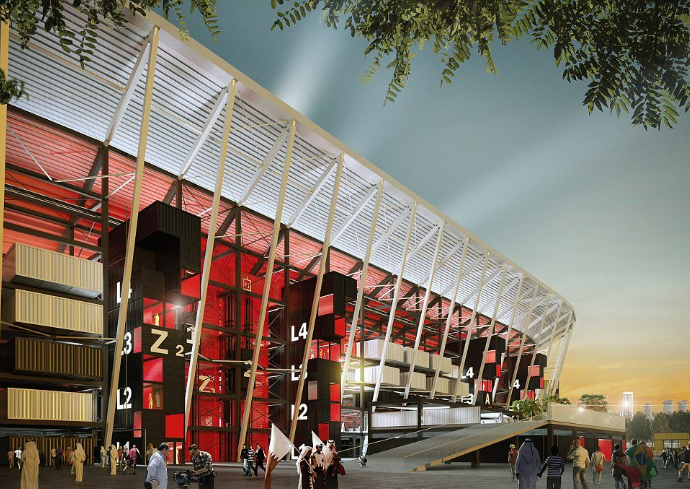 |
The concept of sustainability is the heart of Las Abu Abu Stadium
Built from containers, removable seats and other modular "blocks", the 40,000-seat innovative venue not only has an extraordinary design, but will be completely removed and reused after the race."This venue offers the perfect heritage of being able to reassemble at a new location, or build it into many small sports and cultural venues. Hassan al-Thawadi, secretary general of the Qatar World Cup Organizing Committee), said: " All this happens in a stadium that will create the atmosphere that the fans expect for the World Cup, and we will build the stadium in a more sustainable way than ever."In its short life cycle, Las Abu Abu Stadium will create an innovative blueprint for innovation that sets an example for sports venue developers and event planners worldwide. It will guide the path to more sustainable and traditionally-driven sports competitions and open up hosting opportunities for countries around the world. The goal of the stadium is to obtain a four-star Global Sustainability Assessment System (GSAS) certification.
The design uses prefabricated and modular elements. This method reduces waste generated during the production of stadium components and waste generated on site during construction. The use of modular elements also reduces the construction duration of the venues. The temporary and clever modular design of the venue will mean that fewer building materials are needed than the traditional stadium buildings, which will help reduce the construction costs. And as other projects reuse the venue's seats, roofs, and other components, parts of the venue will be used for years, or even decades to come. Minimizing the construction costs and ensuring the normal future use are the key factors in making the new stadiums and major sporting events sustainable.
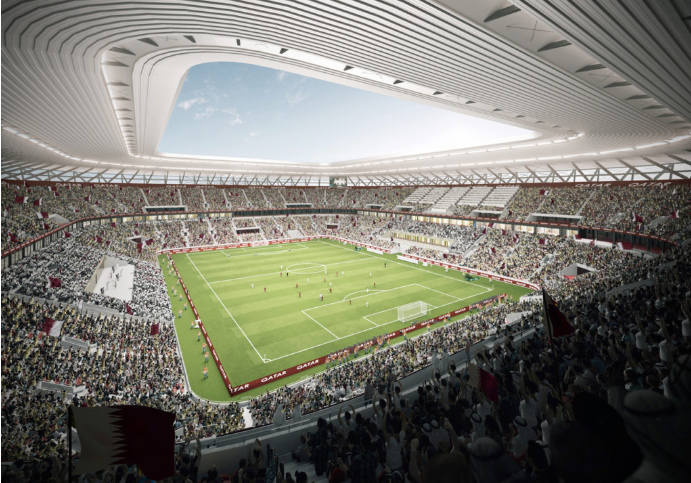
Prefabricated and mordular house from Yumi Steel
Through the new design concept of this stadium, sustainable buildings with low construction cost will become more and more popular and more applied in the future. Our company's(YUMI STEEL) container room is made up of steel structure and sandwich panels as the wall, which is very convenient to install and use because most of the components have been prefabricated in our factory, and you just need to assemble them like stacked building blocks.
Below some models for reference:
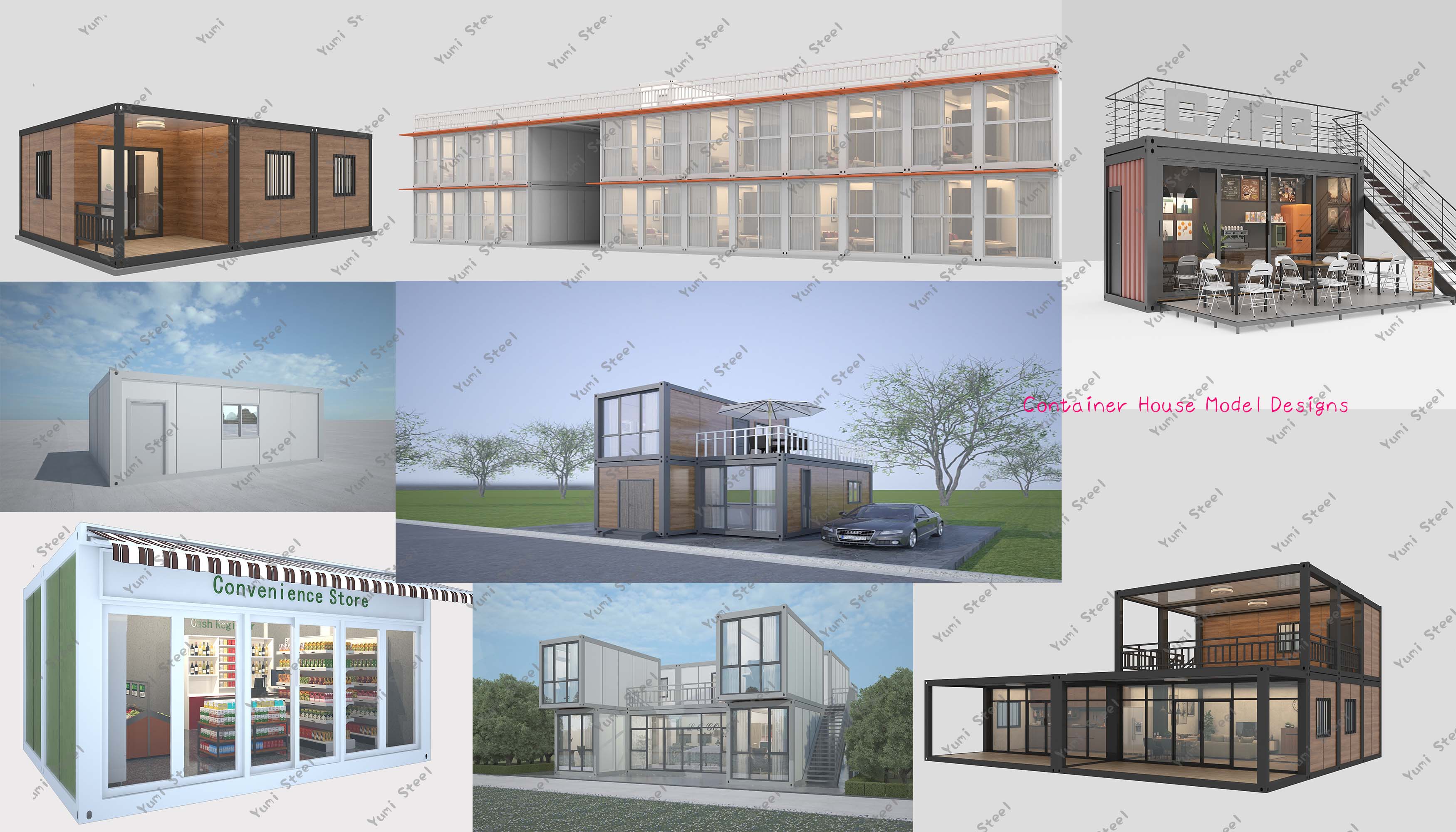
For more details,you can visit our website for checking: Website: www.yumisteel.com www.yumisteelmaterial.com
Freely to contact us if you are interested in.
years of experience
 online service
online service +86-592-6095031
+86-592-6095031 manager@yumisteel.com
manager@yumisteel.com Alina_Yuki
Alina_Yuki +8613559086380
+8613559086380 +8615860744964
+8615860744964